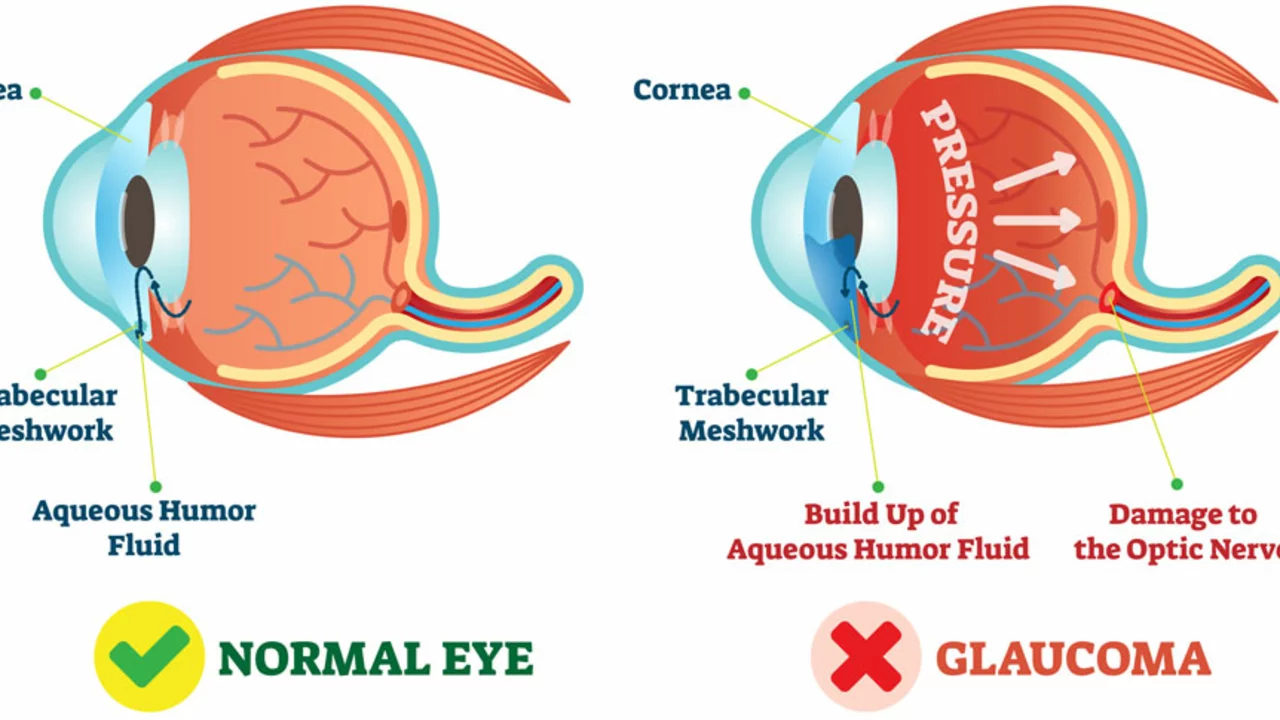The Basics of Glaucoma Surgery
Glaucoma is a condition that can lead to vision loss if not treated properly. This is why understanding glaucoma surgery is so essential. The procedure is typically performed to reduce intraocular pressure, which is often the root cause of glaucoma. It works by improving the eye's fluid drainage system, allowing excess fluid to leave the eye more easily and thus reducing pressure. There are several types of glaucoma surgery, including laser procedures and conventional surgery. The type of operation you need will depend on the severity of your condition and other health factors.
Preparation for the Procedure
Before the surgery, your ophthalmologist will give you a detailed overview of what to expect. This will include information on the risks and benefits of the procedure, as well as any alternatives. You will also be instructed on how to prepare for the surgery, which may involve stopping certain medications and arranging for someone to drive you home afterwards. It's crucial to follow these instructions closely to ensure the best possible outcome.
What Happens During Glaucoma Surgery?
The specifics of the procedure will depend on the type of glaucoma surgery you're undergoing. For trabeculectomy, a common type of glaucoma surgery, the surgeon will create a new drainage pathway for the eye's fluid. This procedure is usually performed under local anesthesia, so you will be awake but will not feel any pain. If you're having laser surgery, the surgeon will use a laser to create a small hole in the eye's drainage system to allow fluid to escape. This procedure is typically quick and painless.
Recovery and Post-Procedure Care
After the surgery, you will likely experience some discomfort and blurred vision, but these symptoms usually improve within a few days. Your doctor will provide you with specific aftercare instructions, which may include using eye drops to control inflammation and prevent infection, resting your eyes, and avoiding strenuous activities. Regular follow-up appointments will be necessary to monitor your healing and check the pressure in your eye. It's essential to stick to your doctor's recommendations to ensure a successful recovery.
Potential Risks and Complications
As with any surgical procedure, there are risks involved with glaucoma surgery. These may include infection, bleeding, and changes in your vision. In some cases, the surgery may not lower the eye pressure as much as needed, or the effect may wear off over time. It's crucial to discuss these potential risks with your doctor before deciding on surgery. However, it's important to remember that the goal of glaucoma surgery is to prevent vision loss, and in many cases, the benefits far outweigh the risks.






Cameron Perry
July 13, 2023 AT 17:00I had trabeculectomy last year and honestly? It was way less scary than I thought. They numb everything so you don't feel a thing, just some tugging. Vision was blurry for a few days but now I can see the street signs again without squinting. Life-changing.
JOANNA WHITE
July 15, 2023 AT 00:42Just had my second laser procedure last month 😌✨ The whole thing took like 10 minutes. No needles, no stitches, just a weird bright light and then… done. My eye doctor said my pressure dropped from 28 to 14. I’m not crying, you’re crying. 🥹💧
Peggy Cai
July 16, 2023 AT 00:01People think surgery is the answer but really its just the system keeping you sick so they can keep selling you drops and appointments forever. Why dont we just stop eating sugar and get back to nature like our ancestors did before big pharma took over
Taylor Smith
July 16, 2023 AT 05:33Thanks for laying this out clearly. I'm scheduled next month and was nervous about the recovery part. The part about avoiding heavy lifting made me laugh because I lift my cat like he's a dumbbell every day. Guess I'll have to be gentle with him for a while.
Tammy Cooper
July 17, 2023 AT 09:48Okay but like… why is everyone so chill about this? I had glaucoma surgery and I cried for three days because my eye felt like a deflated balloon that someone kicked. And then I had to wear that stupid eye patch like I was a pirate who lost a fight with a pineapple. 🍍👁️🗨️ I’m still traumatized.
Alyssa Hammond
July 18, 2023 AT 10:52Let’s be real here - glaucoma surgery is just a money grab disguised as medicine. You think they actually care about your vision? Nah. They care about your insurance co-pays. The ‘new drainage pathway’? That’s just a fancy term for poking a hole in your eyeball and hoping it doesn’t leak out your soul. And don’t even get me started on the follow-up appointments - it’s a subscription service with extra steps. I’ve seen people go from 28 to 14 and then back to 30 in six months. The system is rigged. The drops are addictive. The ‘success’ is a myth sold by surgeons who drive Teslas paid for by your anxiety.
Jill Amanno
July 18, 2023 AT 12:39You people talk like this is just some minor eye thing. But let me ask you - what happens when the pressure drops too low? What then? You think your optic nerve is some kind of magic rubber band that just snaps back? No. It’s a biological wire that frays when the pressure shifts. And now you’re stuck with a compromised visual field for life. And they call this ‘treatment’? It’s just damage control. You don’t fix glaucoma - you survive it. And the surgeons? They’re just the ones who get paid to watch you do it.
Kate Calara
July 19, 2023 AT 19:48I heard from a guy in a forum that the lasers used in glaucoma surgery are secretly linked to 5G towers. They use the same frequency to mess with your brain waves. That’s why they tell you to ‘avoid screen time’ after - it’s not for healing, it’s to stop you from syncing with the real signal. They’re afraid you’ll figure it out. I’ve got my tinfoil hat on and I’m not going anywhere near a clinic.
Chris Jagusch
July 19, 2023 AT 21:17In Nigeria we dont need all this fancy surgery. We use goat milk and chant over the eye for 7 days. My uncle lost his sight in 2010 and now he see better than you. You western people think money fix everything but spirit is stronger. Why you waste money on laser when you can pray with your mama? This surgery is for weak people.